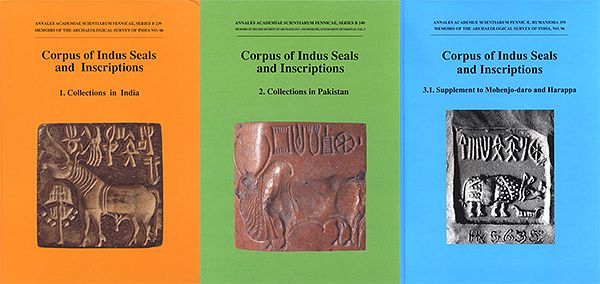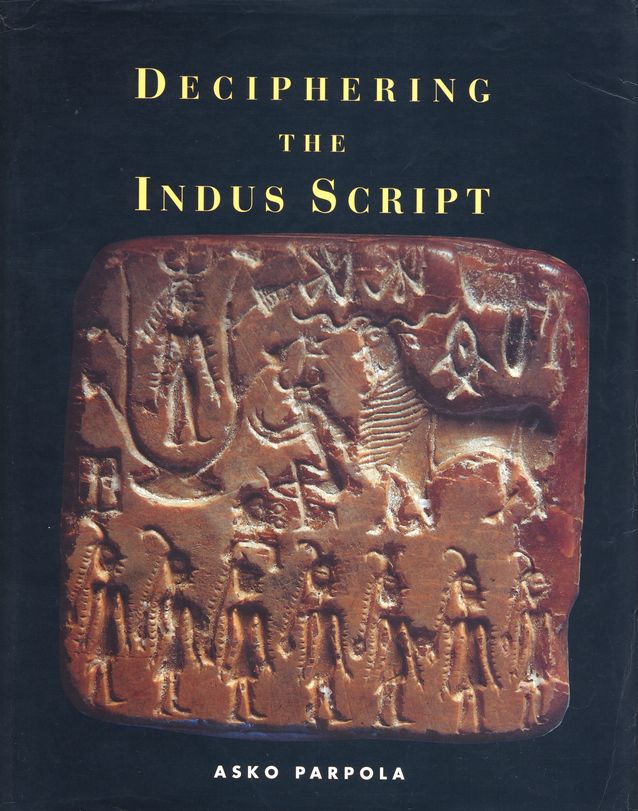Asko Parpola
Asko Heikki Siegfried Parpola
Born July 12, 1941, Forssa
Master of Arts 1963, Licentiate 1966, PhD 1968 (Sanskrit and comparative Indo-European linguistics), University of Helsinki
Emeritus professor and docent in Indology, University of Helsinki 2005–
Research Fellow 1968–72, Nordic Institute of Asian Studies (NIAS), Copenhagen
Acting professor of Sanskrit and comparative Indo-European linguistics 1972, University of Gothenburg
Research Fellow 1972–74, Humanities Research Council of the Academy of Finland
Senior Research Fellow 1974–1981, Humanities Research Council of the Academy of Finland
Acting professor of comparative religion 1977, University of Helsinki
Professor of Indology (personal chair), University of Helsinki 1982–2004
Visiting scholar 1987, Churchill College, University of Cambridge 1987
Visiting scholar 1999, Institute for Research in Humanities, Kyoto University 1999
Visiting scholar 2006, Research Institute for Humanity and Nature, Kyoto
Hermann Collitz Professor, Summer Institute of Linguistics, Linguistic Society of America/Stanford University 2007
Research themes
Vedic research (the Veda is India’s oldest known literature and religion)
The riddles of the Indus Civilization: writing, language and religion
The prehistory of Aryan languages in the light of archaeology and historical linguistics
Publications, research projects and other academic activity
Awards and special achievements
University of Helsinki Master’s Thesis Prize 1963
First Class Knight of the White Rose of Finland 1990
Alfred Kordelin Foundation lifetime achievement award 2003
Commander of the Order of the Lion of Finland
M. Karunanidhi Classical Tamil Award 2009
Honorary member of the American Oriental Society
Indian Presidential Citation of Honour in Sanskrit Studies 2015
Photo: Juri Ahlfors
Written by Asko Parpola, (Olli Siitonen ed.)
Translated by Matthew Billington


